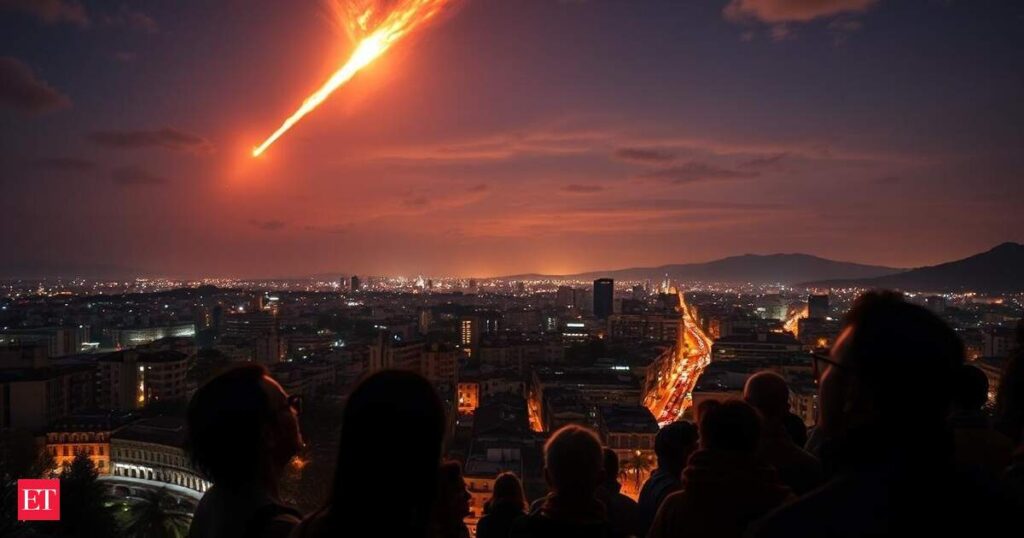With an estimated 18 meteors per hour and the possibility of luminous fireballs, the annual phenomenon promises a memorable display for both amateur and professional observers, as mentioned in a report by Forbes.
The Lyrids, among the oldest known meteor showers, have been observed for over 2,700 years. They will remain active until April 26, but peak visibility is expected overnight from Monday to Tuesday.
Best Viewing Times and Conditions
According to the American Meteor Society, the shower will peak around 13:00 UTC (8:00 a.m. EDT) on Tuesday, April 22.
However, the ideal window for observation will be the early morning hours between 10:30 p.m. and dawn, with peak viewing likely around 5:00 a.m. local time, as mentioned in the Forbes report.
NASA has advised that despite the waning crescent moon rising at around 3:30 a.m., its limited brightness, only 27% full, should not significantly interfere with viewing conditions. Observers in the Northern Hemisphere will have the clearest vantage points, though the shower can also be seen from southern latitudes.Although meteors will seem to radiate from the constellation Lyra, near the bright star Vega in the northeastern sky, they can appear across all parts of the night sky.
The Fireball Factor: Why These Meteors Stand Out
Unlike more modest meteor showers, the Lyrids are particularly known for producing fireballs—exceptionally bright meteors with persistent trails. Dr. Nick Moskovitz of Lowell Observatory in Arizona attributes this to the range of particle sizes in the debris field.
“The Lyrids have a wide range of particle sizes, from talcum powder to grapefruit-sized particles,” said Moskovitz. “They’re unique due to the large fragments left behind by Comet Thatcher.”
These fireballs can shine brighter than Venus and often leave glowing trails lasting several seconds, enhancing the spectacle for night watchers.
Origin and Historical Significance
The Lyrid Meteor Shower is associated with Comet C/1861 G1 (Thatcher), a relatively obscure body that was last visible from Earth in 1861.
“It won’t return to the inner solar system until 2283,” noted Moskovitz, highlighting the long orbital period of the comet that seeds this event.
Though most meteor showers are caused by more frequently passing comets, the Lyrids’ irregular parent body makes their activity level somewhat unpredictable. Notably, an unexpected burst occurred about a decade ago, with over 100 meteors observed per hour.
FAQs
When can I see the Lyrid meteor shower?
According to the American Meteor Society, meteor activity will reach its peak between Monday, April 21, and Tuesday, April 22, before gradually tapering off and ending completely by April 26.
Why is it called Lyrid meteor shower?
The Lyrid meteor shower originates from debris left behind by comet C/1861 G1 Thatcher, which was discovered by A.E. Thatcher on April 5, 1861. The meteors appear to radiate from a point in the sky near the constellation Lyra, known as their radiant.


